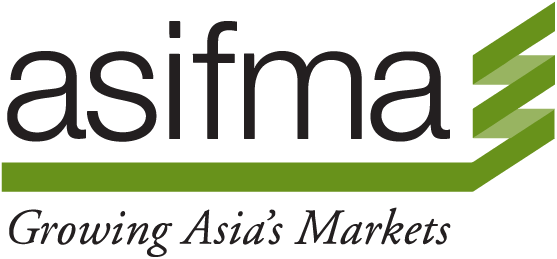Latest Research
ASIFMA AMG guidance paper on Navigating Sustainability in Asset Management: A Practitioner’s Guide
Adoption of the ISSB Standards in Asia: ASIFMA Asset Management Group Position Paper
I. Executive Summary (ASIFMA)
As a tool to diversify and disperse risks, securitization has played a vital role in developed markets for an extended period of time – As the range of securitized products and markets have grown in terms of variety and sophistication, a wider range of investors and market participants have recognized the potential for securitization to meet the twin objectives of (a) enhanced return and (b) portfolio diversification. Given the success that securitization has enjoyed globally, the time has come for the effective use of this tool across Asia – with one market in particular standing out for the spectacular strides that it has made over the last few years – China.
While it is true that several markets in Asia have established securitization frameworks of varying degrees of sophistication over the years, the fact remains that by and large, this has remained an under-utilized tool – while there was some momentum seen in terms of growing volumes and variety in the range of product offerings (particularly those accessible to international investors – primarily CDOs) in the years leading up to the Global Financial crisis (GFC), this trend slowed (and in some cases even reversed) post the GFC.
That said, some of the Asian markets that have seen reasonable volumes of domestic securitizations, in the years after 2008-09 include Korea, Singapore, Thailand and as pointed out above, China. In fact, from a near standing start, China has over the last two years, surpassed Korea to become the largest Asian securitization market. This is a promising development (and one topic that this document focuses on) worth watching closely – the opening of China’s securitization market to international investors, the adoption of global ratings standards and the diversification of Chinese issuers both by issuers and product type would be a most welcome development. Moreover, this would also represent one more step in the internationalization of the renminbi, a process that is well advanced.
The organization of this document follows a logical trajectory – Beginning with the origins and broad description of what securitization represents and the benefits it confers for issuers and investors alike (Chapter II), the document then describes the state of securitization in China, the main focus of this document (Chapter III) and other select Asian markets, besides the mature markets of the US and Europe (Chapter IV). The next chapter (Chapter V) looks at covered bonds and the development of the framework for the issuance of these bonds in Asia. The subsequent chapters (Chapters VI and VII respectively) cover how a) securitization structures are rated and b) tax issues in securitization, respectively. Chapter VIII looks at the existing regulatory frameworks governing securitization and the ways in which these regulations could be made more efficient, especially where there are overlaps. Chapter IX looks at the way forward for Asian securitization, particularly in the Chinese context while the final chapter (Chapter X) considers the outlook for cross-border issuance, in what have largely been domestic markets.
In summary, the goal of this document is to serve as a primer for the state of securitization in Asia and make the case for its continued development in the months and years ahead, with a particular focus on what has already become the largest market for Asian securitizations – China.
